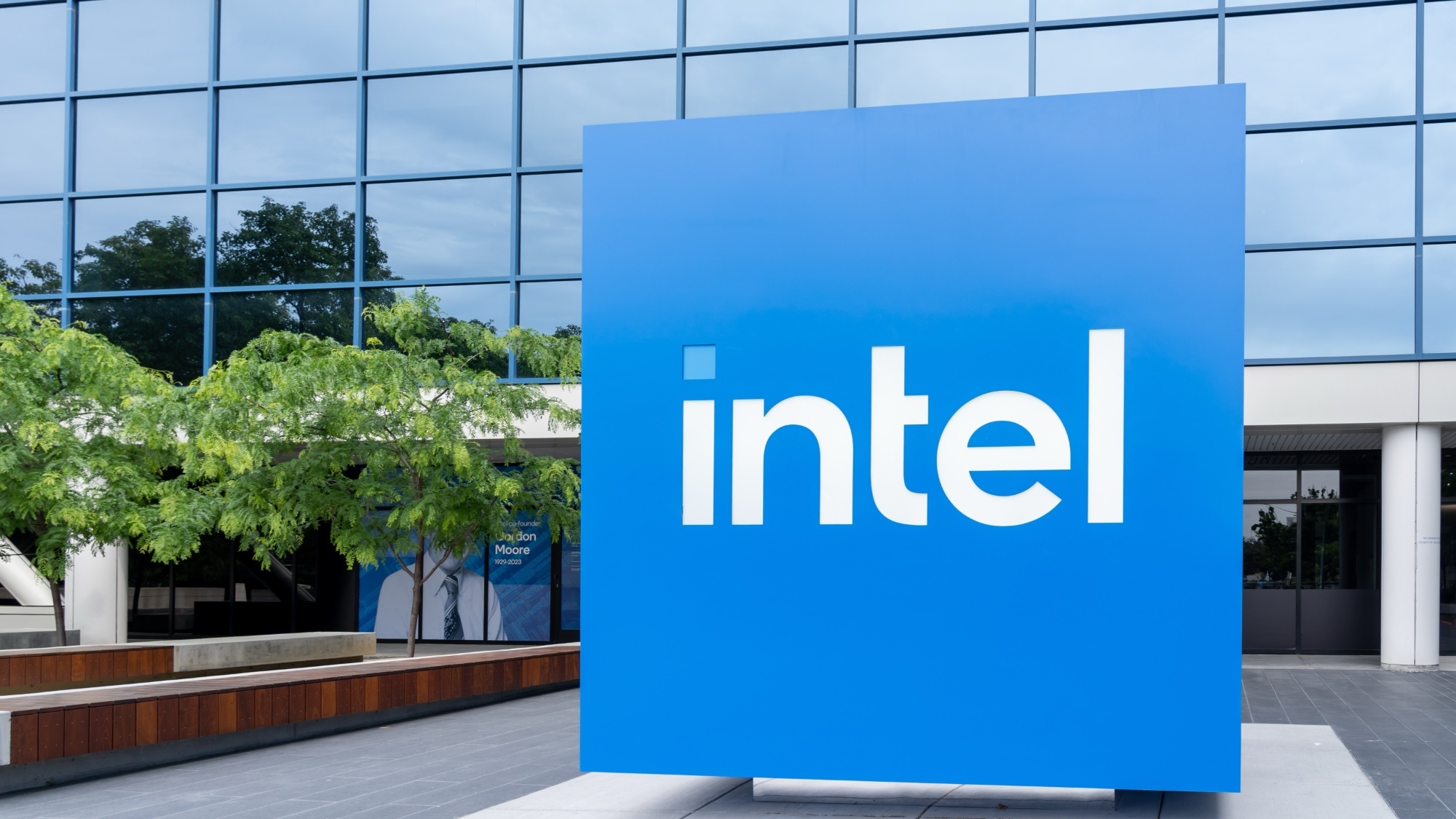
"This is painful news for me to share. I know it will be even more difficult for you to read," said Intel CEO Pat Gelsinger in a company blog post. The company plans to lay off 15% of its workforce as part of a $10 billion cost-saving plan for 2025.
According to The Verge, the headcount reduction is more significant than 15,000 roles. While the quoted number is "greater than 15,000," Intel is estimated to employ 125,000 workers, which could put the number as high as 19,000.
Intel cost cutting
It's not just workforce reductions hitting Intel, as the company said it will reduce R&D and marketing spending by billions annually through 2026 to help reduce costs and reach that $10 billion goal. The company will reduce capital expenditures by more than 20% this year alone. "Simply put, we must align our cost structure with our new operating model and fundamentally change the way we operate," reads the memo.
Intel's recent earnings report didn't look promising, despite its chips still being included in several of the best laptops, as the company conveyed a loss of $1.6 billion for Q2 2024. Compared to the previous quarter, the firm lost more than $437 million last quarter. "Our revenues have not grown as expected — and we've yet to fully benefit from powerful trends, like AI," Gelsinger wrote in his memo to Intel employees.
Much of Intel's losses come from its Foundry business as it invests in new factories and extreme ultraviolet (EUV) lithography. The sales of its current products have continued to stay relatively stable, and its PC and server have been profitable, meaning long-term investments aren't paying off yet.
It was a very rough Q2 for $INTC. And that guide... Thanks, @Pgelsinger, for the time to discuss.It appears that there were yield/throughput issues on Meteor Lake, negatively impacting gross margins. When you have to get the product to your customers, and you have wafers to… pic.twitter.com/pHU66xvFe7August 1, 2024
The internal memo outlined several places Intel needs to improve: Reducing Operational Costs, Simplifying Our Portfolio, Eliminating Complexity, Reducing Capital and Other Costs, Suspending Our Dividend and Maintaining Growth Investments.
The ARM/Snapdragon Challenge
It makes us wonder if Qulacomm’s ARM push has been a big threat to Intel, as many shoppers could contemplate a switch this year. We've raved about the Snapdragon X chips in reviews of the Microsoft Surface Laptop 7, Dell XPS 13 and others.
We spoke to industry analyst Avi Greengart of Techsponential about the main issues affecting Intel. "Yield issues are the proximate cause of Intel’s earnings miss, but competition from Apple, AMD, and now Qualcomm has profoundly changed the computing environment that Intel used to dominate.," he said in a statement to Tom's Guide.
Competition from Apple, AMD, and now Qualcomm has profoundly changed the computing environment that Intel used to dominate. Intel can’t afford to be just a volume leader, and if it can’t execute perfectly on volume it’s in trouble.
Avi Greengart, Techsponential
Industry analyst Patrick Moorhead commented on the source of Intel's issues on X: "It appears that there were yield/throughput issues on Meteor Lake, negatively impacting gross margins."
However, regarding Qualcomm specifically, Greengart said, "Qualcomm’s successful launch of Snapdragon X presents a challenge to Intel going forward, but it wasn’t in enough systems last quarter to have a meaningful impact on earnings."
So, while Qualcomm is changing the landscape, it's more of a long-term issue for Intel and not one that immediately impacts its earnings. According to Paul Alcorn, Managing Editor of News and Emerging Tech at Tom’s Hardware and the site’s resident chip expert, "Qualcomm is a potent long-term threat to the laptop market. Intel already has lost sales due to Apple’s Arm chips, but Apple’s closed ecosystem has kept that threat largely contained. Qualcomm’s support for the more open Windows ecosystem presents a threat with far-ranging impacts."
"Arm is a threat. Intel used to have a commanding lead in data centers, but now its prospects of regaining its lost position are slim. Most of the major data center operators and hyperscalers are building their own Arm-based chips, and it will be exceedingly difficult to win back those sales," Alcorn continued.
Bottom line
Intel's last round of layoffs happened in October 2022. It cut down from 131,900 employees to 124,800 employees, a reduction of a little over 7,000 people. The previous largest round of layoffs happened in 2016, when the company laid off about 12,000 people.
This time, the company is offering employees the option to apply for voluntary layoffs starting next week and is adding a "companywide enhanced retirement offering for eligible employees."
The memo also outlined the CEO's thoughts on the future: "I have no illusions that the path in front of us will be easy. You shouldn’t either. This is a tough day for all of us, and there will be more tough days ahead. But as difficult as all of this is, we are making the changes necessary to build on our progress and usher in a new era of growth."







